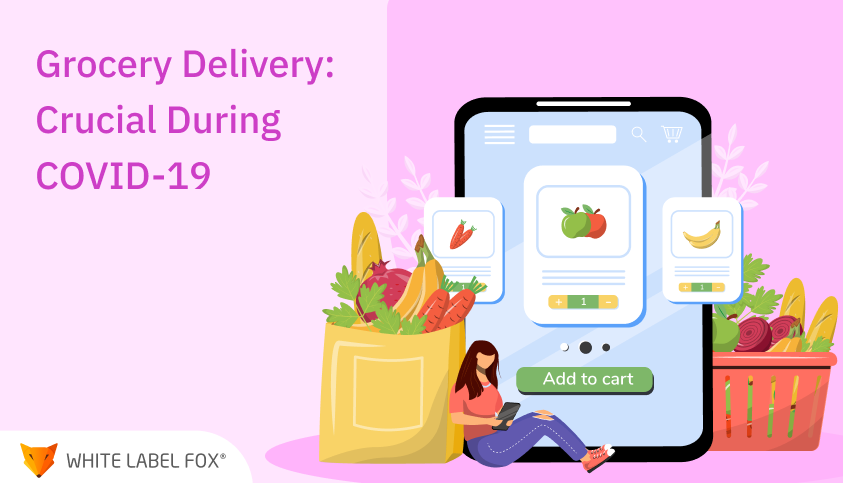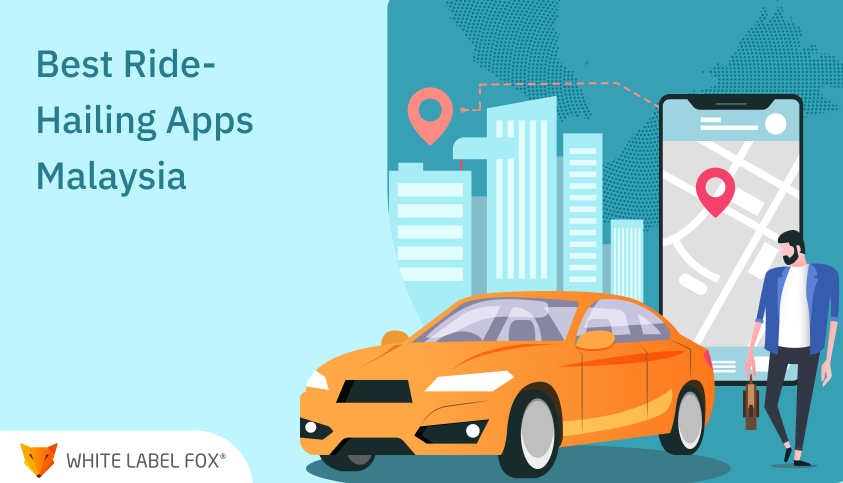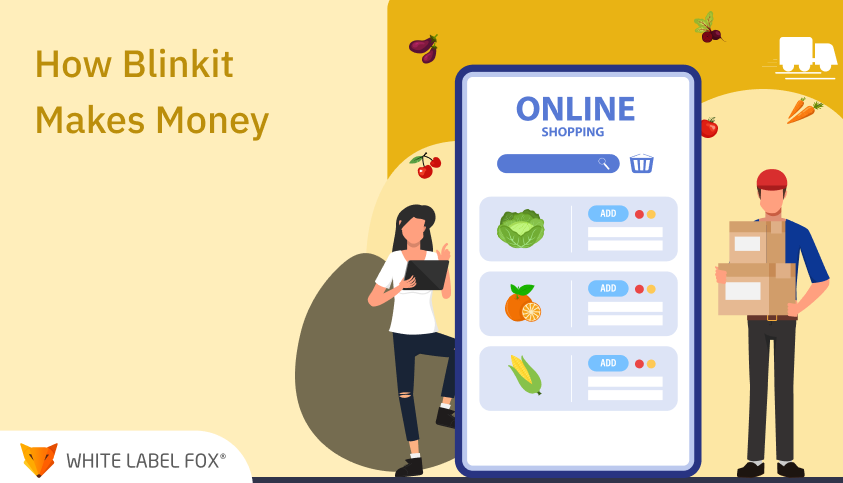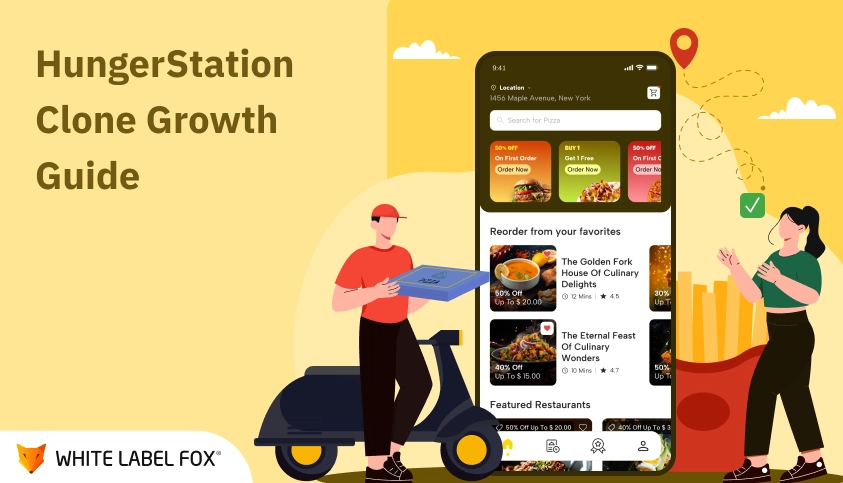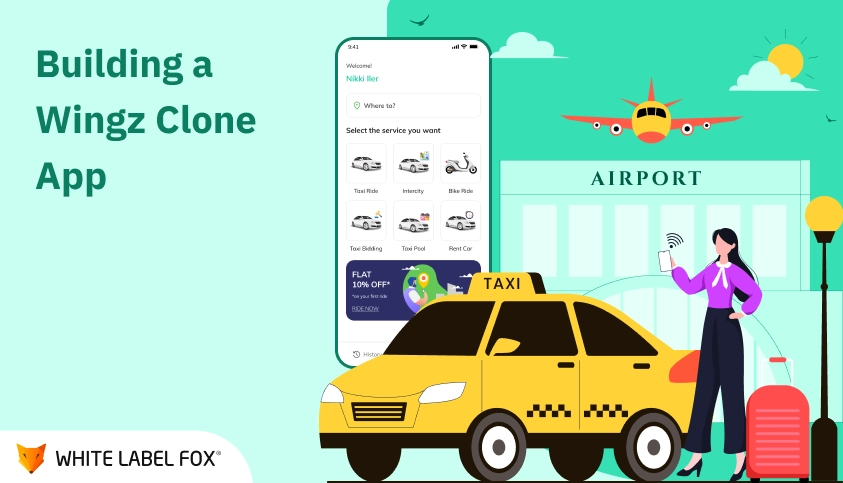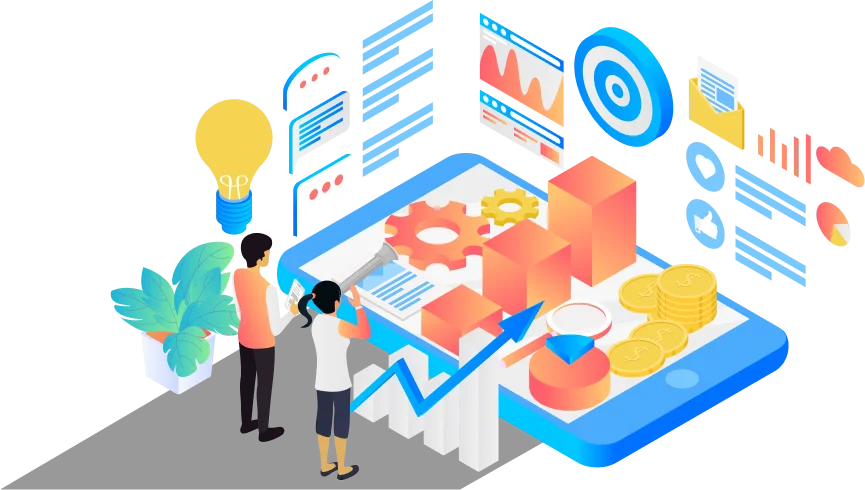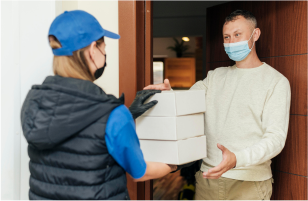Online grocery shopping is the best solution in this Covide-19 situation. Today, all the thinks being online due to innovation in technology.
According to the eMarketer, in the 2018 grocery app usage will grow by 50% and 18 million Americans will food order via the online mobile applications.
Using the grocery delivery app, grocery store vendor can expand their business. It is quite easy for the users to shop the grocery.
Grocery App & its type
Grocery delivery app can save time and money of the customers. The grocery delivery application is categories into:
Supermarket-specific grocery app
Grocery store delivery app
Grocery price comparison app
Grocery list app
Grocery store rebate app
How Does the Grocery Delivery App Works?
The on-demand grocery delivery app can work in the following ways:
- User logs in to the app.
- User can see a list of nearby stores (or one store based on the type of app).
- On clicking the store, the user can access a list of all the items up for sale.
- They can select the quantity and the products and add them to the cart.
- They can then proceed to check out the products.
- The user can add the address on which they want the products delivered.
- They may also choose a timeslot that suits them best for delivery.
- The payment for the products can be made online using their net banking.
Features Include in Grocery Delivery App:
Social Login
A user can log in or sign up into app using their social account like Facebook, Google or via Email.
Payment Option
To pay for the grocery shopping user has a flexible payment option such as cash, credit and in-app wallet.
Map Navigation
To find the shortest path of the user location, the driver can use Google map navigation within the app.
Manage store
A store vendor can manage their store information such as store name, store address, minimum order amount, estimated delivery time, etc.
Earning report
A driver can view earning report with all completed, cancel, running, and padding order with all details.
Review & Rating
After completed the grocery order, the user can give review and rating to driver and grocery store based on their experiences.
Are Looking for Grocery Shopping App Development for your Grocery Store?
Are you looking to develop your on-demand grocery delivery app for your grocery store business? At White Label Fox, we offer the best grocery ordering app solution using the Instacart clone script.
We offer both Android and iOS application with the super web panel for user app, driver app and store app. Our grocery delivery app is ready to use and we customized our application as per your requirements.
For more information, you can check our grocery delivery app live demo.
Frequently Ask Questions
During the pandemic, grocery delivery services played a vital role in
minimizing physical contact, ensuring access to essential items, and
supporting social distancing efforts. They provided a safe and
convenient solution for people to shop without exposing themselves to
crowded stores.
Key challenges included:
- Surge in demand: Handling increased orders while
maintaining quality service.
- Supply chain disruptions: Dealing with shortages of
essential items.
- Safety measures: Ensuring contactless deliveries and
protecting delivery personnel.
- Logistics: Managing delivery delays due to high traffic
on platforms.
- Surge in demand: Handling increased orders while maintaining quality service.
- Supply chain disruptions: Dealing with shortages of essential items.
- Safety measures: Ensuring contactless deliveries and protecting delivery personnel.
- Logistics: Managing delivery delays due to high traffic on platforms.
Businesses adapted by:
- Increasing their fleet of delivery drivers.
- Partnering with more local stores to expand inventory.
- Implementing contactless delivery options.
- Enhancing their tech infrastructure to handle higher traffic.
- Providing real-time tracking to manage customer expectations.
- Increasing their fleet of delivery drivers.
- Partnering with more local stores to expand inventory.
- Implementing contactless delivery options.
- Enhancing their tech infrastructure to handle higher traffic.
- Providing real-time tracking to manage customer expectations.
Grocery delivery services became a lifeline for the elderly,
immunocompromised, and those under quarantine. These services ensured
that at-risk groups could access essentials without leaving their homes,
significantly reducing their exposure to the virus.
Yes, grocery delivery businesses experienced a significant surge in
revenue. Platforms like Instacart, Amazon Fresh, and Walmart Grocery
reported exponential growth, driven by the shift in consumer behavior
towards online shopping during lockdowns.
Key safety measures included:
- Contactless delivery: Packages left at the doorstep.
- Enhanced hygiene: Regular sanitization of delivery vehicles and
packaging.
- Protective gear: Mandatory masks and gloves for delivery
personnel.
- Health monitoring: Regular health checks for delivery staff.
- Contactless delivery: Packages left at the doorstep.
- Enhanced hygiene: Regular sanitization of delivery vehicles and packaging.
- Protective gear: Mandatory masks and gloves for delivery personnel.
- Health monitoring: Regular health checks for delivery staff.
Local stores partnered with delivery platforms to maintain business
operations during lockdowns. This partnership helped them reach a wider
customer base, boost sales, and stay competitive in a challenging market
environment.
While some customers have returned to in-store shopping, many continue
to prefer online grocery delivery due to its convenience. The pandemic
accelerated the adoption of e-commerce, and grocery delivery businesses
are expected to remain a popular choice for modern consumers.
Entrepreneurs can learn the importance of adaptability, innovation, and
customer-centric approaches. Key takeaways include:
- Investing in robust tech infrastructure.
- Prioritizing safety and hygiene.
- Building partnerships with local businesses.
- Creating flexible delivery options to meet diverse customer
needs.
- Investing in robust tech infrastructure.
- Prioritizing safety and hygiene.
- Building partnerships with local businesses.
- Creating flexible delivery options to meet diverse customer needs.

